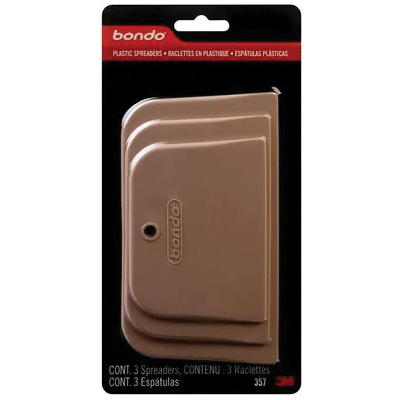sebr023
Member
I want to have 1/2 radius for the cove. Wouldn’t that be too thick?Fill the cove with Bondo and shape it before it hardens with a shaping tool.
The thickest I have used Bondo is about 1/4”, but I think it will work with the cove. Sand and paint after curing.









